Emerging Trends in the Philippine Used Car Market
Feb 24, 2021 2:13 AM Being a country on the cusp of economic progress, transport has become an important aspect of living and working in the Philippines. For millennials who compose a sizeable portion of the population, buying a new car is oftentimes not feasible because of financial constraints. These people, therefore, save and purchase pre-owned cars which they can use without them being saddled by exorbitant monthly installments.
Being a country on the cusp of economic progress, transport has become an important aspect of living and working in the Philippines. For millennials who compose a sizeable portion of the population, buying a new car is oftentimes not feasible because of financial constraints. These people, therefore, save and purchase pre-owned cars which they can use without them being saddled by exorbitant monthly installments.
Used cars give them the ease and convenience of moving around and provide for them a way to convey an outward appearance of success. Consequently, the Philippine used car market is on the upswing with prospects expected to get even better in the coming years.
Aside from the solid millennial market, other driving forces are seen to directly impact the used car market in the Philippines. First is the emergence of social media presence (i.e., digitalization via online auto portals, classified pages, and social media advertisements) which has spurred the unorganized sales of pre-owned vehicles in the country. Online social media websites and chat windows, being free of charge, have become dominant venues for used car transactions.
Second is the passing of the TRAIN (Tax Reform for Acceleration and Inclusion Act) Tax in 2018, which imposed additional excise taxes on brand new car purchases. With inflation being predicted to continue until midway of this year (or even beyond), additional tariffs on goods and services will severely constrain household finances of Filipinos, leaving them with very little disposable income. With new cars becoming more expensive, Filipinos have turned to the burgeoning used car market to find a vehicle that will suit their needs.
Third are the planned highways and road improvements by the government in many traffic-plagued areas. These infrastructure developments, which are in the pipeline, are expected to alleviate congestion in major cities. Furthermore, the promotion of public transport and ride sharing services is also expected to improve traffic conditions in the country while indirectly influencing the used car market in a positive way.
These developments augur well for the Philippine used car market in the coming years. Let us then hope for greater things for this particular automobile market in spite of uncertain times.
